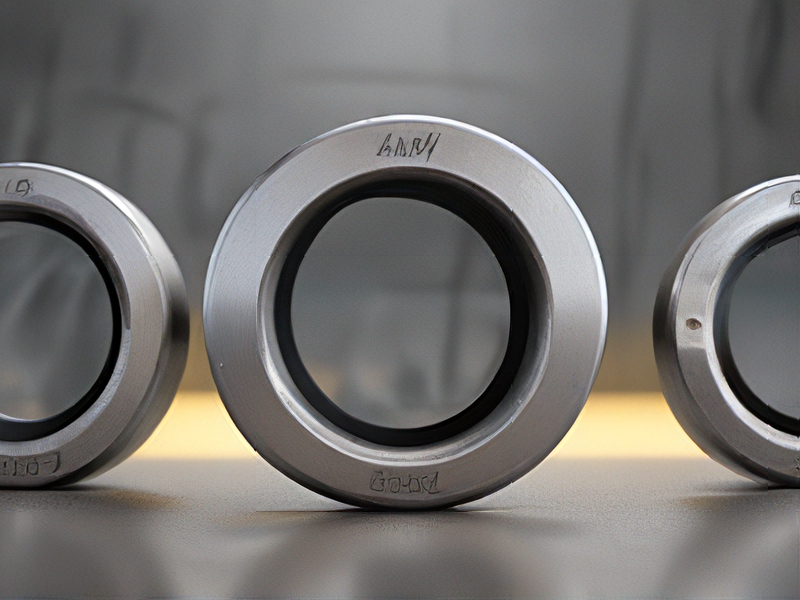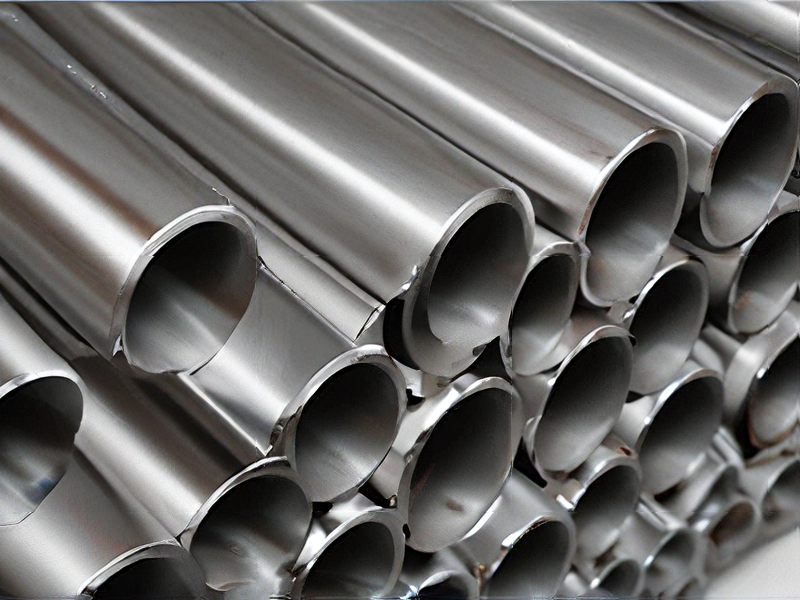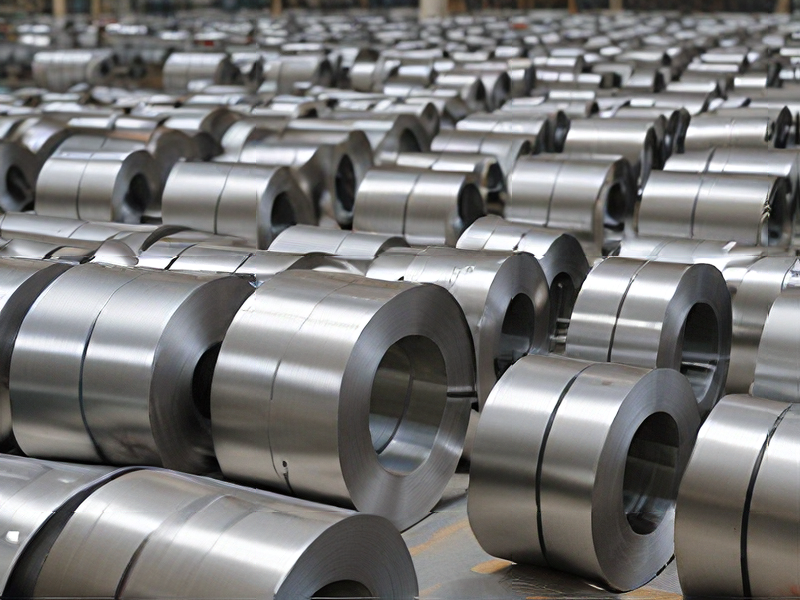Technology and Applications of 440 stainless steel
440 stainless steel is a high-carbon martensitic stainless steel known for its excellent hardness, wear resistance, and corrosion resistance. It belongs to the 400 series of stainless steels, which are primarily used in applications requiring high strength and good corrosion resistance.
Technology:
440 stainless steel derives its properties from its high carbon content (around 0.75-0.95%) and the addition of chromium (16-18%) for corrosion resistance. It is heat treatable, meaning it can be hardened through quenching and tempering processes to achieve a balance of hardness and toughness suitable for various applications. The steel’s martensitic structure contributes to its hardness and strength, making it ideal for cutting tools and surgical instruments.
Applications:
1. Cutlery and Kitchenware: 440 stainless steel is commonly used for making knives and kitchen tools due to its hardness and corrosion resistance, ensuring durability and longevity even in harsh kitchen environments.
2. Surgical Instruments: Its high hardness and ability to maintain sharp edges make it suitable for surgical and medical instruments where precision and cleanliness are critical.
3. Bearings and Valves: In industrial applications, 440 stainless steel is used for bearings, valve parts, and other components requiring high wear resistance and corrosion resistance in mildly corrosive environments.
4. Ballistic and Defense: It is also used in certain ballistic applications and for components in firearms due to its toughness and ability to withstand stress.
5. Fashion and Jewelry: Due to its attractive appearance and ability to hold a polish, 440 stainless steel is used in fashion accessories and jewelry.
In conclusion, 440 stainless steel’s combination of hardness, corrosion resistance, and affordability makes it a versatile material suitable for a range of applications across industries where high performance and durability are required.

Quality Testing Methods for 440 stainless steel and how to control quality
Quality Testing Methods for 440 Stainless Steel
1. Chemical Analysis:
– Spectroscopy (OES, XRF): Ensures the correct chemical composition of elements like carbon, chromium, and molybdenum.
2. Mechanical Testing:
– Tensile Test: Measures strength and ductility by pulling the sample until it breaks.
– Hardness Test (Rockwell, Vickers): Assesses the material’s resistance to deformation.
3. Microstructure Examination:
– Metallography: Analyzes grain size, phase distribution, and any inclusions using optical or electron microscopy.
4. Corrosion Resistance:
– Salt Spray Test (ASTM B117): Evaluates the corrosion resistance under simulated marine conditions.
5. Non-Destructive Testing (NDT):
– Ultrasonic Testing (UT): Detects internal flaws using high-frequency sound waves.
– Magnetic Particle Inspection (MPI): Identifies surface and near-surface defects in ferromagnetic materials.
Quality Control Measures
1. Supplier Qualification:
– Ensure raw materials meet specified standards through supplier audits and certifications.
2. In-Process Inspection:
– Perform regular inspections during manufacturing to monitor dimensions, surface finish, and other critical parameters.
3. Process Control:
– Maintain consistent heat treatment processes to achieve the desired mechanical properties.
– Implement Statistical Process Control (SPC) to monitor and control production parameters.
4. Final Inspection:
– Conduct a thorough examination of the final product, including dimensional checks and surface quality assessments.
5. Documentation and Traceability:
– Keep detailed records of the production process, material certifications, and test results for traceability and accountability.
Implementing these testing methods and quality control measures ensures that 440 stainless steel meets the required standards for performance and reliability in various applications.

Tips for Procurement and Considerations when Purchasing from 440 stainless steel
When purchasing from 440 stainless steel, consider the following tips and considerations:
1. Grade Variants: 440 stainless steel comes in multiple grades such as 440A, 440B, and 440C, each with varying properties. Choose the grade based on the specific application requirements for hardness, corrosion resistance, and toughness.
2. Corrosion Resistance: Evaluate the environment where the stainless steel will be used. 440 stainless steel is known for good corrosion resistance, but 440A has lower corrosion resistance compared to 440C. Ensure the grade selected matches the exposure conditions.
3. Hardness and Wear Resistance: Depending on the intended use, consider the hardness and wear resistance of the steel. 440C, for instance, offers the highest hardness among the 440 grades and is suitable for applications requiring high wear resistance.
4. Cost Considerations: 440 stainless steel can vary in cost depending on the grade and supplier. Evaluate different suppliers for competitive pricing while ensuring quality and consistency.
5. Supplier Reliability: Choose a reputable supplier with a track record of providing high-quality stainless steel. Check certifications and reviews to ensure reliability and consistency in material supply.
6. Machinability and Fabrication: Understand the machinability and fabrication requirements of the steel grade chosen. 440 stainless steels can be more difficult to machine compared to lower carbon steels and may require specialized equipment and techniques.
7. Regulatory Compliance: Ensure the stainless steel meets relevant regulatory standards and certifications required for your industry or application.
By considering these factors, you can make an informed decision when purchasing 440 stainless steel, ensuring it aligns with your specific procurement needs and application requirements.

FAQs on Sourcing and Manufacturing from 440 stainless steel in China
FAQs on Sourcing and Manufacturing from 440 Stainless Steel in China
1. What is 440 stainless steel?
440 stainless steel is a high-carbon martensitic stainless steel known for its high strength, hardness, and wear resistance. It is often used in the production of cutting tools, bearings, and medical instruments.
2. Why source 440 stainless steel from China?
China offers competitive pricing, a large number of manufacturers, and extensive experience in producing 440 stainless steel. This makes it a cost-effective option for high-quality products.
3. How to find reliable manufacturers in China?
To find reliable manufacturers, you can use online directories like Alibaba, Global Sources, and Made-in-China. Additionally, attending trade shows and seeking referrals from industry contacts can help identify trustworthy suppliers.
4. What certifications should manufacturers have?
Look for manufacturers with ISO 9001 certification for quality management. Other relevant certifications may include ASTM standards and specific industry certifications relevant to your product.
5. What is the typical lead time for manufacturing?
Lead times can vary but generally range from 30 to 60 days, depending on the complexity of the product and the order quantity. Customization and additional processing might extend this timeline.
6. How to ensure the quality of 440 stainless steel products?
Conducting factory audits, requesting material test reports, and performing third-party inspections are crucial steps to ensure quality. You can also request samples before placing a large order.
7. What are the common applications of 440 stainless steel?
Common applications include knives, surgical instruments, bearings, valve parts, and other products requiring high hardness and resistance to wear and corrosion.
8. What are the considerations for shipping and logistics?
Consider factors like shipping costs, import duties, and the logistics of transportation. Working with a reputable freight forwarder can help manage these aspects efficiently.
9. Are there any common challenges in sourcing from China?
Challenges may include language barriers, quality control issues, and longer lead times. Establishing clear communication, detailed contracts, and regular inspections can mitigate these risks.
10. How to handle intellectual property protection?
To protect intellectual property, use non-disclosure agreements (NDAs), register patents and trademarks in China, and choose reputable manufacturers with a history of respecting IP rights.

